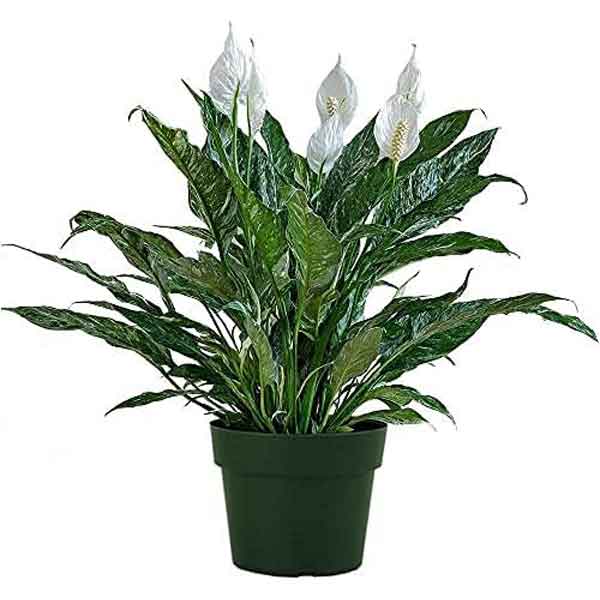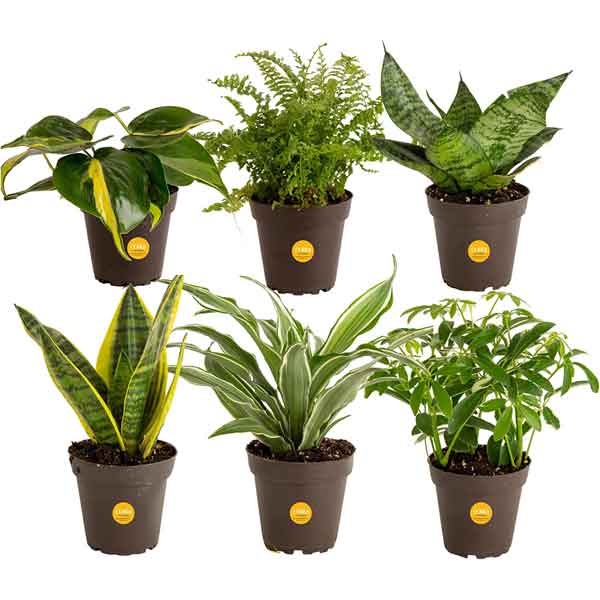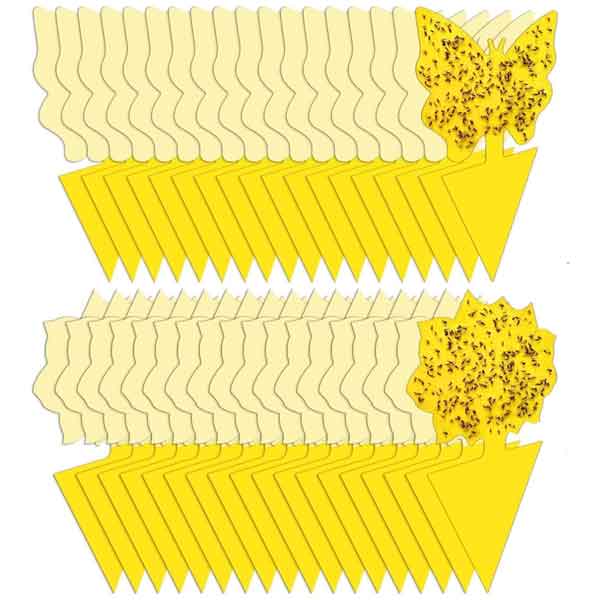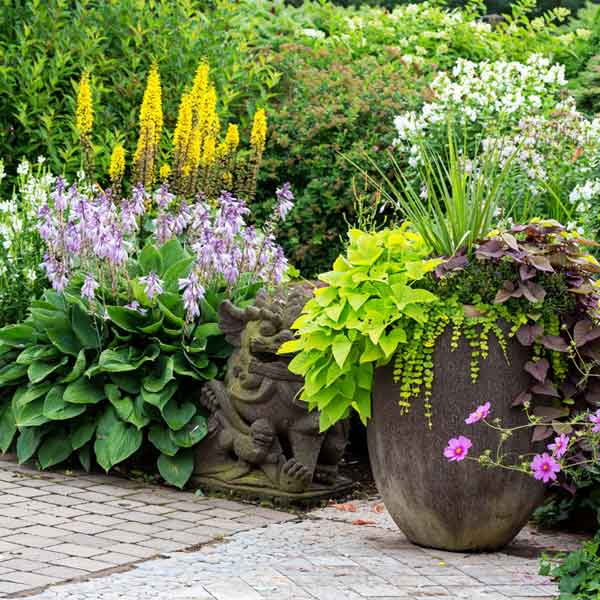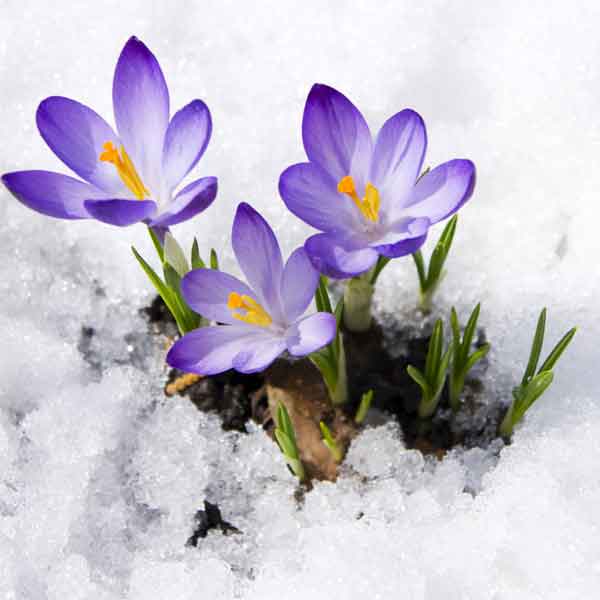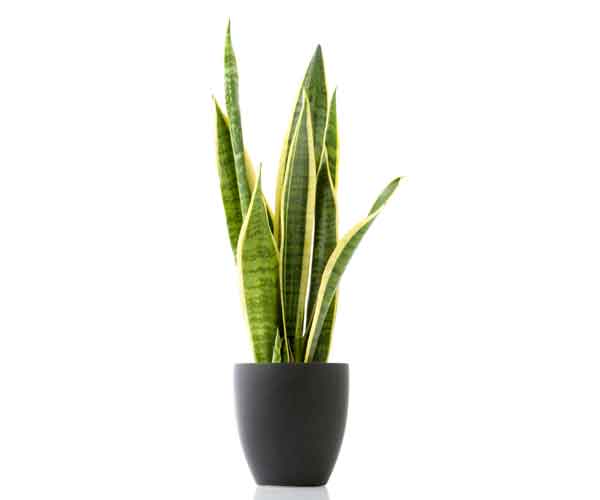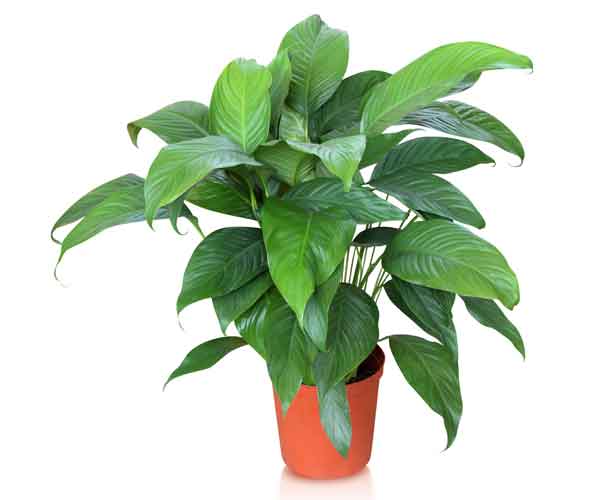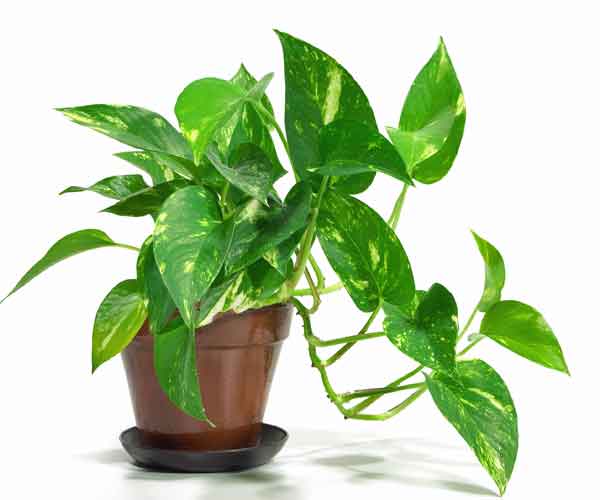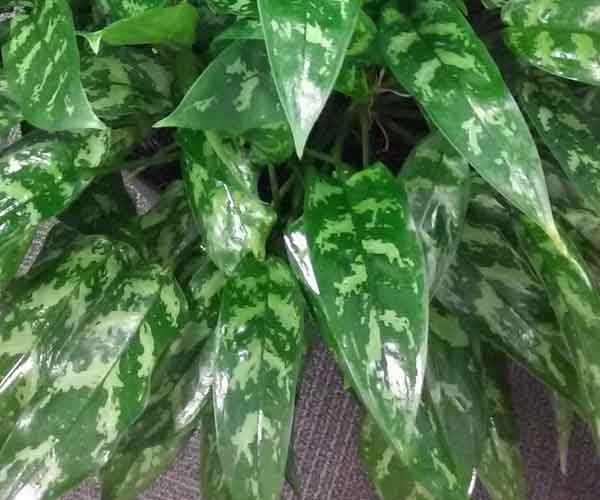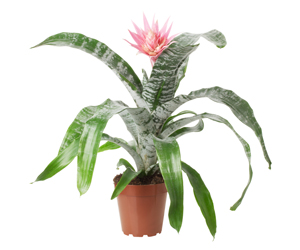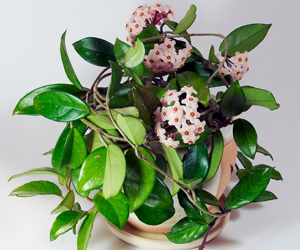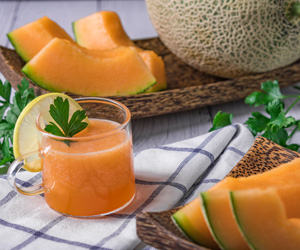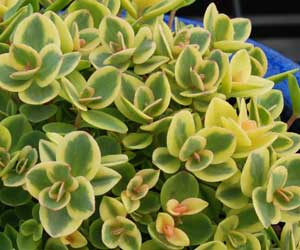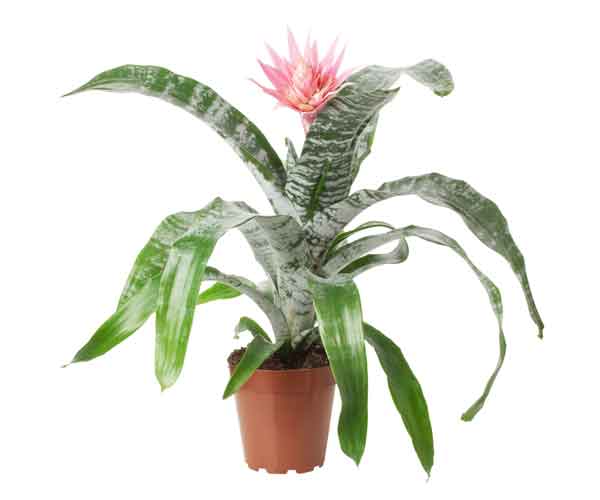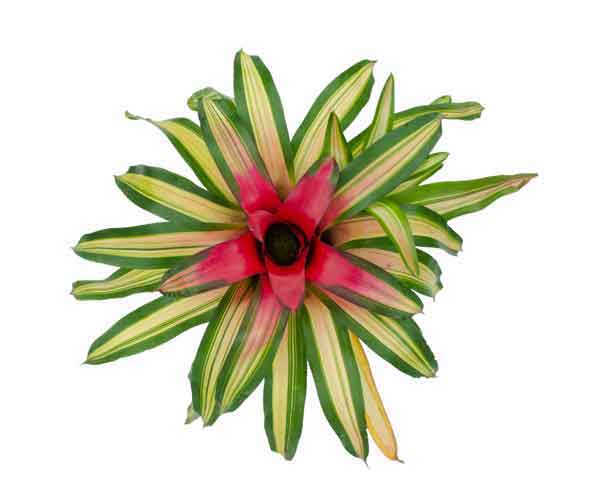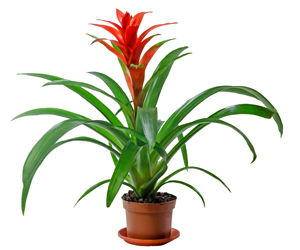Care for Orchid Plants
Houseplants Flowers
Orchids are beautiful and unique flowering plants that you can keep in your home. Often considered difficult to care for, there are varieties that can be grown in the home. They do require good light, some humidity and proper temperatures but most anyone can keep one of these plants with a little care and patience.
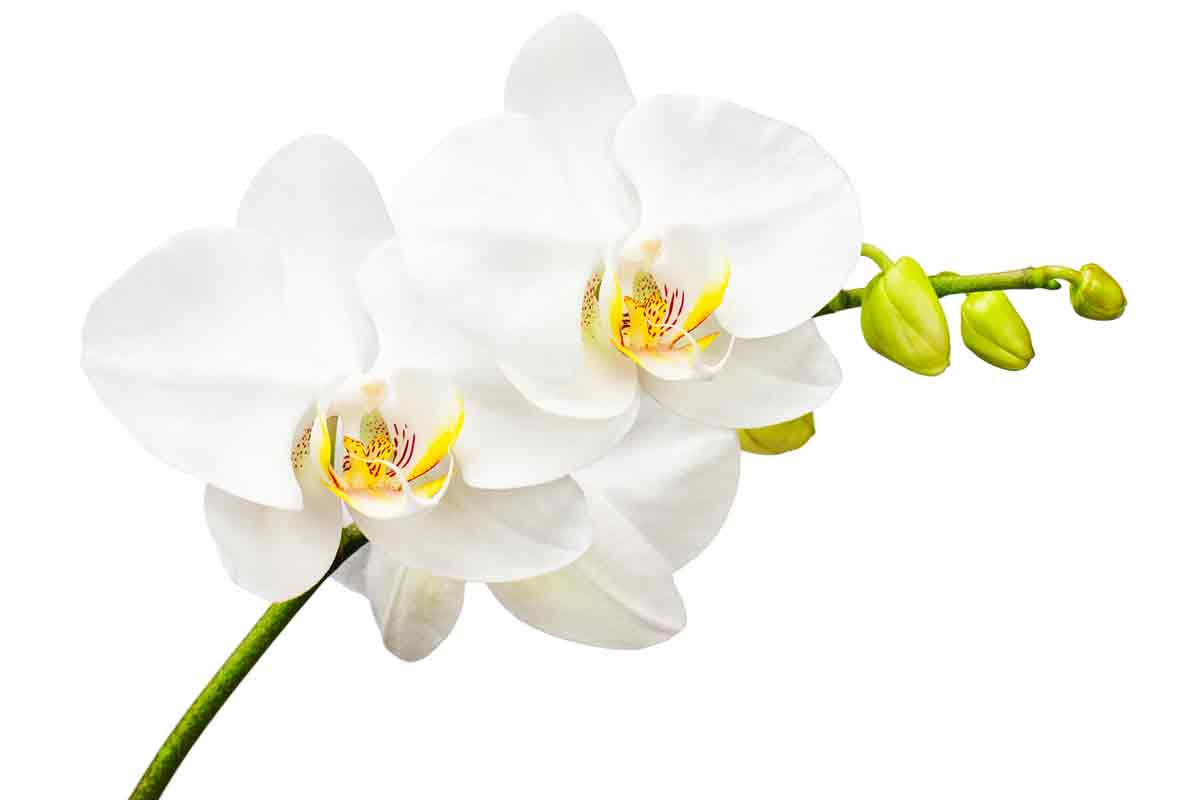
Orchid Plant Care & Water
There are thousands of types of Orchids but only a few can be kept successfully in the average home. These include Phalaenopsis, Cattleya, Cymbidium and Dendrobium orchids. You will find one or more of these are usually available at most stores that sell indoor plants. Phalaenopsis, or Moth Orchid, is the type of orchid you will most often see in the plant section of the grocery store.
Before you buy an Orchid, make sure it is healthy with no apparent problems. Avoid plants that have dropped many flowers, have brown or soft spots on the foliage as this may be a sign of bacterial or fungus infections.
It is best to purchase an Orchid that has 3 to 4 open blooms and a few buds ready to open. Make sure foliage is green with no spots or blemishes. If possible purchase plants soon after they arrive at the store from the growers as they will be in their best health.
Orchid Plant Care Question?
Orchid house plant care questions? You can send a house plant care question but before you do, please read this page and other information on watering your indoor house plants, how to help keep your house plant's root system healthy, lighting for your house plants, and basic house plant care. These are most important for your houseplant's health and this is some of the information I will refer you to if you send an email.
Working in the interior landscape industry, I get a lot of questions from people about their personal house plants and how to keep their own indoor house plants growing and healthy. That is why I started this website, to help others learn how to care for their indoor plants and flowers. So please read on!
Ads By Google
Protect your orchid plant when you take it home. Do not expose it to cold temperatures or hot sun that can burn and damage the plant. If it is cold outside, you can set it into a large plastic bag and tie the top closed to keep it warm for transport in the cold. Do not leave in a hot car either as this will damage the plant.
When your orchid plant arrives home, it should be placed in a window. An east or west facing window is ideal but be sure it is sheltered from hot afternoon sun. Direct sun, especially through glass, can damage any plant. My orchid plants have always tolerated morning sun and bright, indirect afternoon light quite well. A room with humidity is great or place on humidity trays. Daytime temperatures should be between 60° and 70° F with a night time temperature drop of about 10°.
I have had the best results with orchid plants that were planted in moss rather than bark or soil mixes. Orchids planted in soil or bark have had more instances of bacterial or fungal diseases. So if you have a choice, pick an Orchid planted in moss.
Your orchid plant should have a good, healthy root system. It is normal for the roots to grow out of the pot and these roots should be left alone and not removed. However, if the roots appear shriveled or are soft and mushy, they should be cut back to healthy, firm tissue. And you may want to review your watering habits.
Phalaenopsis orchid plants will drop the blooms if you keep them excessively moist or wet. Be very careful with your watering. This can even happen when they are in a good lighting situations. Check the media before you water.
Orchid Plant Care
Watering
Orchids can be watered much the same as other plants. Let the potting media dry down more than halfway and then water thoroughly, although this does depend on what type of media the orchid is planted in. Do not leave an orchid standing in water. Use room temperature water and do not wet the leaves.
Home Garden Plants Flowers
Amazon Affiliate Links - May Earn Commission - Thanks!
If you plan to re-bloom your Orchids, increase the moisture content of the media somewhat while they are starting to bud. Keep in mind, this orchid plant care advice is for the standard home environment, not for keeping in a greenhouse or conservatory.
Pinch off blooms as they start to die and remove leaves if they start to spot or discolor. Split the leaf that you want to remove down the center all the way to the main part of the plant. Then gently pull each half away from the plant, removing completely. It is always best to remove completely as any wounds are openings for disease to enter the plant. Wash hands and tools before and after using on your plants to avoid spreading any pests or disease from plant to plant. Hope this information has been helpful. More on house plants below.
Ads By Google
Plants & Flowers
Easy House Plants
Home Gardening
Bromeliad House Plants
Social Media Pages
Plants Flowers
on Twitter
Tweets by plantcare2
PFI Facebook Page
Home and Garden
Houseplant Care Question?
Questions about your indoor house plants or plant care problems? You can send a house plant question, free of charge, no sign ups, registration or log in required!
Before you send a houseplant care question, please be sure to read this information on watering your indoor house plants, how to help keep your your indoor house plants root system healthy and lighting for your indoor house plants and flowers. These are most important for the health of your house plants and this is some of the information I will refer you to if you send an indoor house plant or flower care question.
You can post comments, find answers to plant care questions, or share some of your own plant wisdom on our plant care Facebook Page, Twitter page or visit my plant care blog. You can also find plant pictures, gardening ideas, and more at our plant and flower Pinterest page.
Thanks for visiting and come back soon as houseplant care information, pictures and more are being added all of the time. I hope that your indoor tropical house plants and all of your plants and flowers are happy, green and growing because that is why I started this indoor house plant and flower care website, PlantAndFlowerInfo.com.
Common House Plants Flowers Care Guide
Indoor Plants Pictures Names ⚘ Best Indoor Plants ⚘ Adiantum Fern Care ⚘ Aechmea Bromeliad Plant ⚘ Aglaonema Plant Care ⚘ Aglaonema Maria Plant Care ⚘ Aglaonema Silver Queen Plant Care ⚘ Aglaonema Silver Bay Plant Care ⚘ Anthurium Plants ⚘ Aphelandra Plant ⚘ Arboricola Plant Care ⚘ Aspidistra Plant Care ⚘ Asplenium Nidus Plant Care ⚘ Basic Houseplant Care ⚘ Birds Nest Ferns Plant Care ⚘ Boston Ferns Plant Care ⚘ Botanical Calendars ⚘ Bromeliad Plants ⚘ Build A Greenhouse ⚘ Buy Greenhouse ⚘ Buy House Plants ⚘ Cast Iron Plant ⚘ Chinese Evergreen Plant Care ⚘ Chlorophytum Plant Care ⚘ Codiaeum Houseplant Care ⚘ Corn Plant Care ⚘ Croton Plant Care ⚘ Devil's Ivy Plants & Care ⚘ Dieffenbachia Plant Care ⚘ Dracaena House Plant Care ⚘ Dracaena Janet Craig Plant Care ⚘ Dracaena Marginata Plant Care ⚘ Dracaena Warneckii Plant Care ⚘ Dumb Cane Plant ⚘ English Ivy Hedera ⚘ Ferns Plant Care ⚘ Ficus Trees Plants ⚘ Fittonia Plant Care ⚘ Flower Calendars ⚘ Heart Leaf Philodendron ⚘ Hedera English Ivy ⚘ How to Care for Marble Queen Pothos ⚘ Hoya House Plants ⚘ Lady Palm Plant ⚘ Lucky Bamboo House Plant Care ⚘ Maidenhair Ferns ⚘ Marble Queen Pothos ⚘ Marginata ⚘ Money Tree Plant Care ⚘ Mother In Law Tongue Plant Care ⚘ Names Pictures of Plants ⚘ Nephthytis ⚘ Norfolk Island Pine ⚘ Orchid Flowers ⚘ Palm Plants ⚘ Peace Lily Care ⚘ Philodendron "Brasil" Plant Care ⚘ Philodendron Cordatum ⚘ Philodendron Silver Care ⚘ Plant Calendars ⚘ Poinsettia Plant Flower Care ⚘ Pothos Plant Care ⚘ Rhapis Palm Plant Care ⚘ Sansevieria Plant Care ⚘ Schefflera Plant Care ⚘ Self-Watering Planters ⚘ Care of Silver Bay Plant ⚘ Snake Plant Care ⚘ Spathiphyllum Care ⚘ Spider Plant Care ⚘ Care of Syngonium Plant ⚘ Succulent Plant Care ⚘ Warneckii Plant Care ⚘ Weeping Fig Tree ⚘ Zebra Plant ⚘ ZZ Plant House Plant Care ⚘ Plant Links
Other Plant Flower Links
Best Indoor Plants ⚘ Indoor House Plants Pictures Names ⚘ Water Indoor Plants ⚘ Lighting Indoor Plants ⚘ Bonsai Plants ⚘ Common House Plants ⚘ Indoor Palm Plant Care ⚘ Orchids ⚘ Pets & Plants ⚘ Buy Tropical Orchids Orchid Care ⚘ Plant Flower Gifts ⚘ Buy Plants Flowers ⚘ House Plant Guide ⚘ How To Books ⚘ Flowers Plants Poster Prints ⚘ Orchid Art & Posters ⚘ Gardening Calendars ⚘ Greenhouse Books-Gardening
